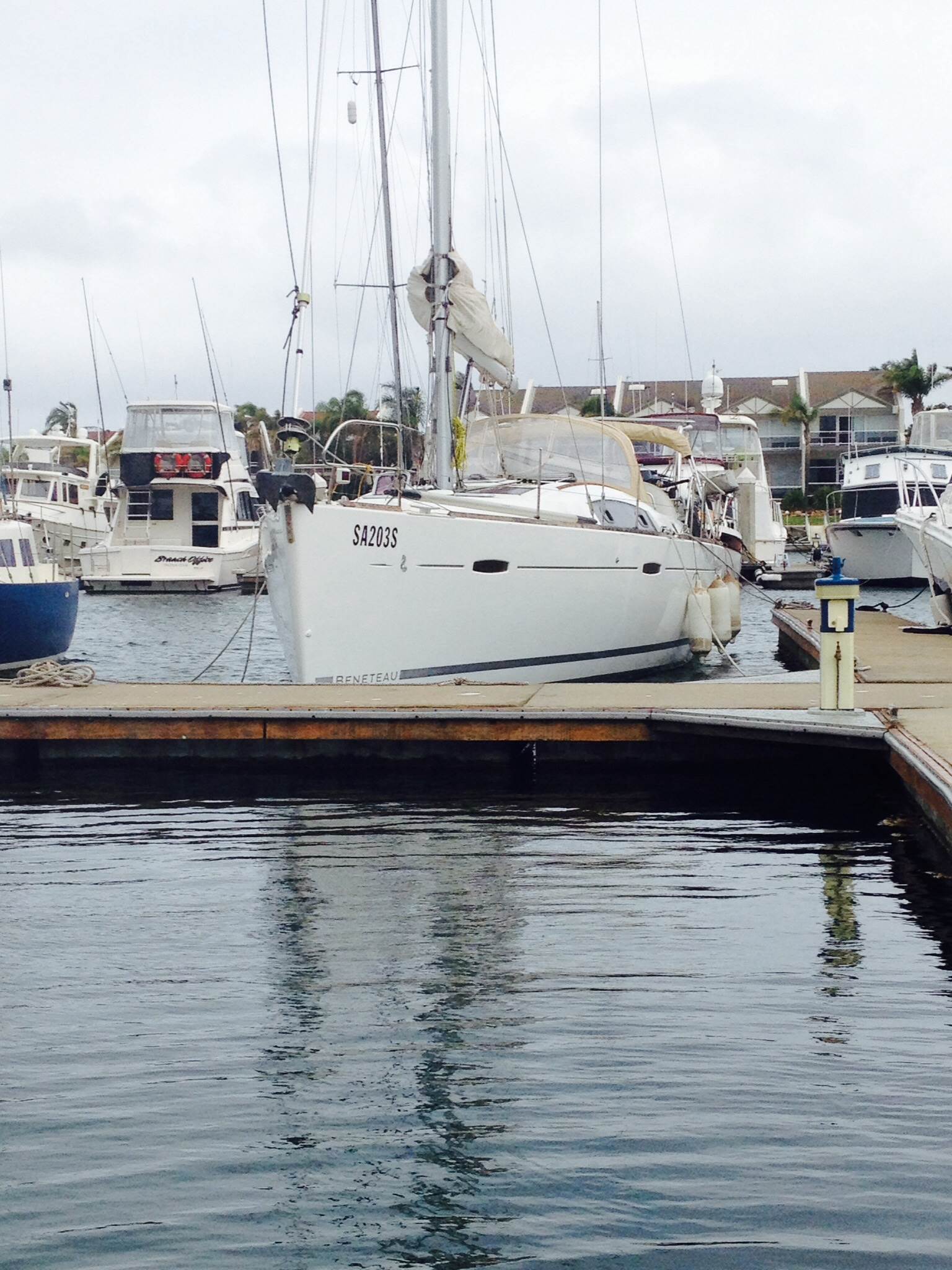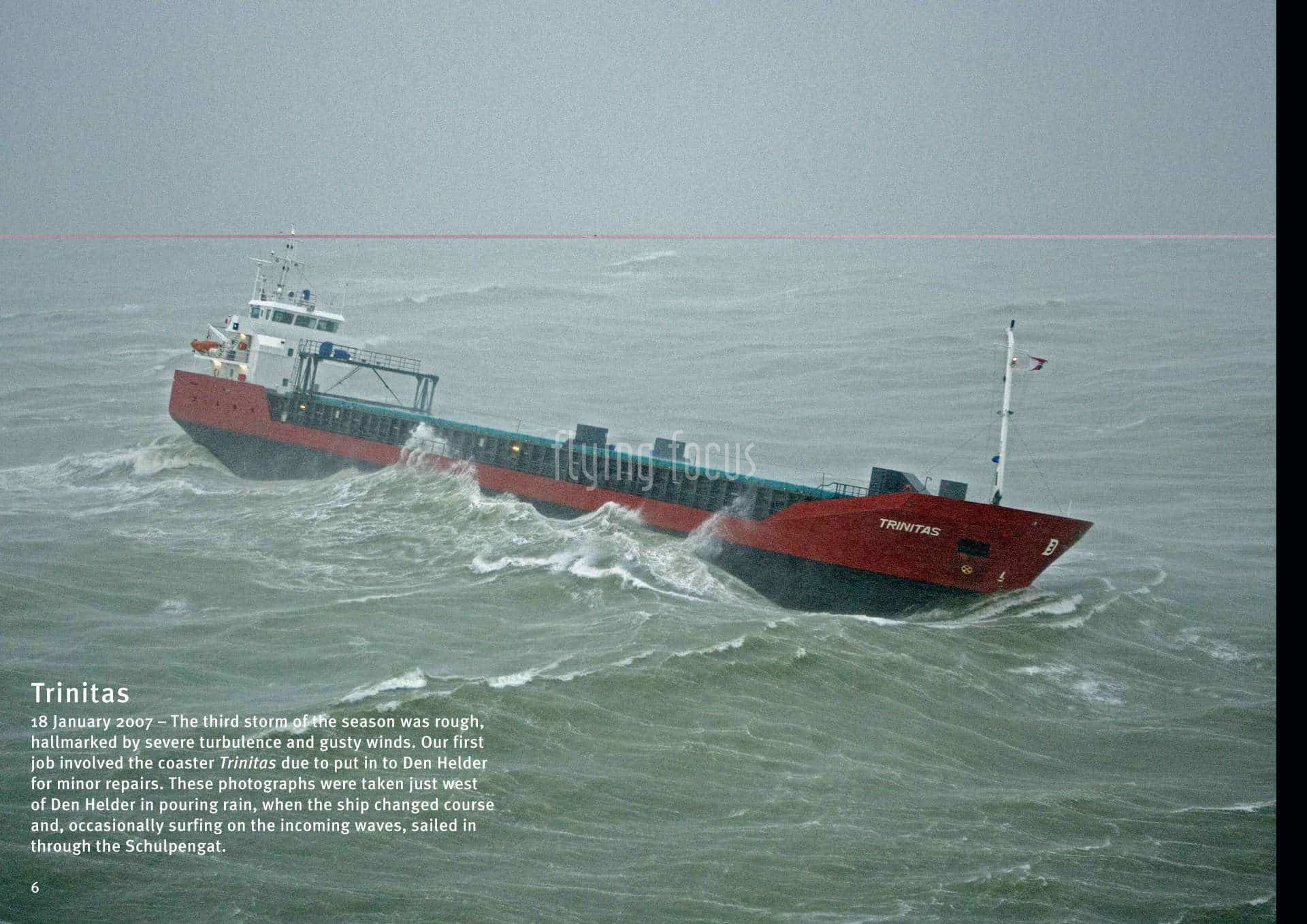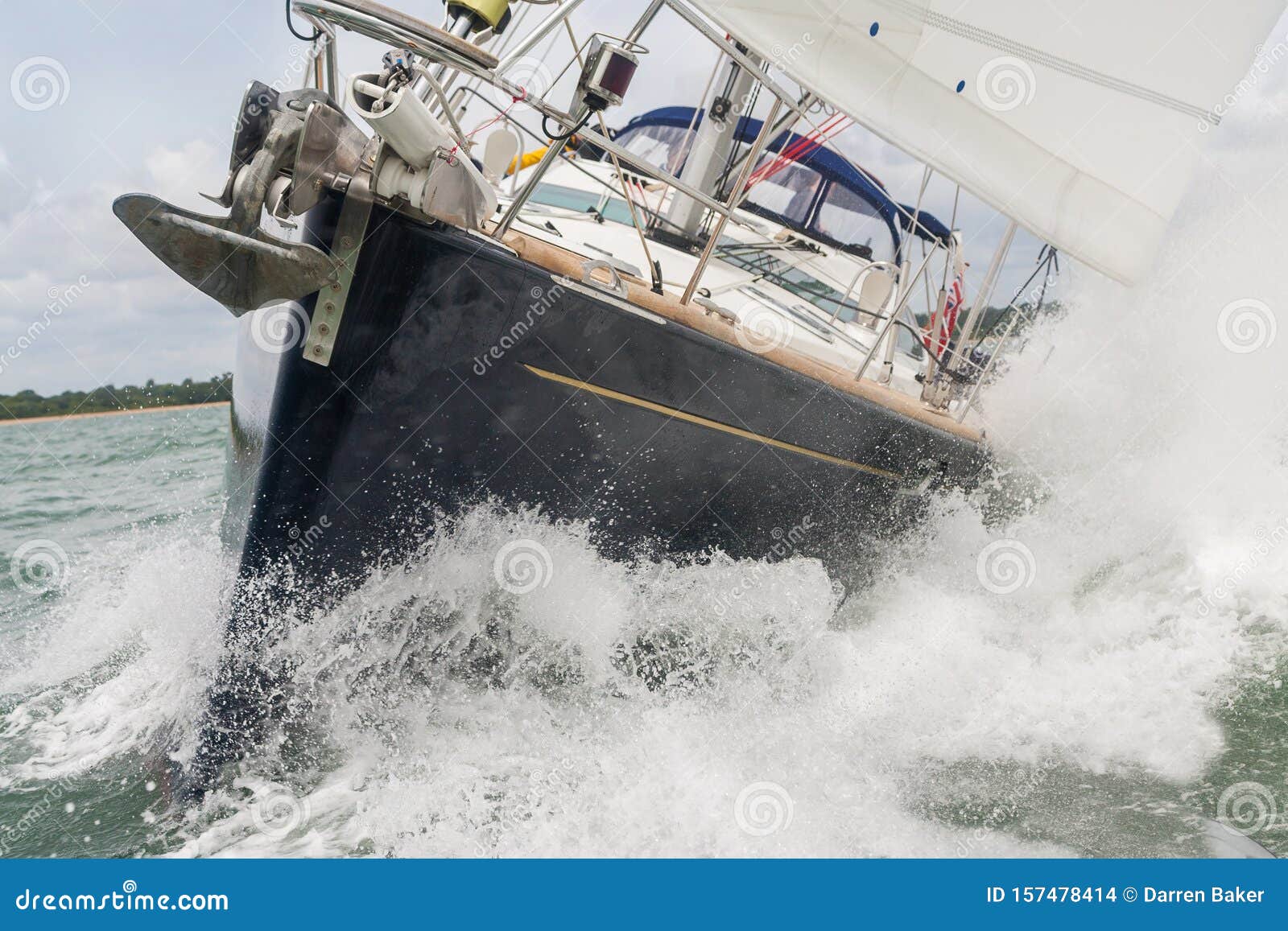Gale Warning: Prepare For High Winds And Rough Seas
When the weather forecast issues a "Gale Warning," it signifies that high winds and rough seas are imminent. This warning is crucial as it provides mariners and coastal residents with ample time to prepare for the impending hazardous conditions.

Gale warning | Sailing Forums, page 1 - Seabreeze - Source www.seabreeze.com.au
Editor's Note: The "Gale Warning: Prepare for High Winds and Rough Seas" was published on 2023-03-08. It is a comprehensive guide that provides valuable information to help individuals prepare for and navigate through gale-force winds and rough seas.
Through extensive analysis and research, we have compiled this guide to assist our readers in understanding the significance of gale warnings and equipping them with the necessary knowledge and resources to ensure their safety during such events.
The following table summarizes the key takeaways from the "Gale Warning: Prepare for High Winds and Rough Seas" guide:
| Key Differences | Key Takeaways |
|---|---|
| Understanding Gale Warnings | Gale warnings are issued when sustained winds are predicted to reach 34 to 47 knots (39 to 54 mph) within the next 24 hours. |
| Preparing for High Winds | Secure loose objects, reinforce structures, and consider evacuating low-lying areas prone to flooding. |
| Navigating Rough Seas | Reduce boat speed, avoid crossing breaking waves, and seek shelter in harbors or protected waters. |
| Staying Informed | Monitor weather forecasts, listen to marine broadcasts, and stay updated on the latest gale warnings. |
Gale warnings serve as a critical tool for ensuring safety during adverse weather conditions. By heeding these warnings and taking appropriate precautions, individuals can minimize the risks associated with high winds and rough seas.
FAQ
This section addresses frequently asked questions (FAQs) about gale warnings, providing crucial information to prepare for high winds and rough seas.

Gale warning | Webshop Flying Focus - Source webshop.flyingfocus.nl
Question 1: What does a gale warning signify?
A gale warning is issued when sustained winds of 34-47 knots (63-87 km/h; 39-54 mph) are expected within 24 hours.
Question 2: What precautions should be taken during a gale warning?
During a gale warning, it is essential to secure loose objects, bring in outdoor furniture, and review emergency plans. Consider the possibility of power outages and stock up on essential supplies.
Question 3: Is it safe to go boating during a gale warning?
It is strongly recommended to avoid boating during a gale warning unless absolutely necessary. High winds and rough seas can create hazardous conditions, increasing the risk of accidents and injuries.
Question 4: How long do gale warnings typically last?
The duration of a gale warning varies depending on the specific weather system. Warnings are usually issued 24 hours in advance and remain in effect until the high winds have subsided.
Question 5: What is the difference between a gale warning and a storm warning?
A storm warning is issued when sustained winds of 48 knots (89 km/h; 55 mph) or higher are forecasted. Storm warnings indicate more severe weather conditions with a greater potential for damage.
Question 6: Where can I find the latest gale warnings?
Gale warnings are disseminated through various channels, including weather apps, marine broadcasts, and the National Weather Service website. Stay informed by monitoring reputable sources for the most up-to-date information.
By understanding the significance of gale warnings and taking appropriate precautions, individuals can mitigate risks and ensure their safety during high-wind events.
Next Article Section: Understanding Gale Warnings and Their Impact on Coastal Communities
Tips
Stay informed and heed all Gale Warning: Prepare For High Winds And Rough Seas advisories from reliable sources.
Tip 1: Secure Loose Outdoor Items
Remove or tie down any loose outdoor furniture, trash cans, or other objects that could be blown away by high winds.
Tip 2: Protect Your Windows
Cover windows with storm shutters or plywood to prevent damage from flying debris.
Tip 3: Prepare for Power Outages
Charge electronic devices, have flashlights and extra batteries on hand, and identify alternative lighting sources.
Tip 4: Check Your Roof
Examine your roof for any loose shingles or missing tiles and repair them to prevent water damage.
Tip 5: Stay Away from Windows
Avoid standing near windows during gale warnings, as flying debris and broken glass can be dangerous.
Summary: Following these tips can help protect your property and ensure your safety during gale warnings.
Gale Warning: Prepare For High Winds And Rough Seas
As a gale warning is issued, it becomes crucial to prioritize certain key aspects in preparation for the approaching high winds and rough seas. These aspects encompass a range of considerations, from securing loose objects to monitoring weather updates.
- Secure Loose Objects
- Stay Indoors
- Monitor Weather Updates
- Charge Electronic Devices
- Prepare Emergency Supplies
- Avoid Coastal Areas
Securing loose objects and staying indoors safeguards against potential damage or injury. Monitoring weather updates enables timely decision-making, while charging electronic devices ensures communication during an outage. Emergency supplies provide essential resources for sustenance, and avoiding coastal areas minimizes the risk of storm surge.

Weather warning extended as gale force winds take hold - Source www.newburytoday.co.uk
Gale Warning: Prepare For High Winds And Rough Seas
A gale warning is a weather forecast that high winds are expected over a large body of water, such as a lake or an ocean. This warning is usually issued when sustained winds are expected to reach 34 knots (39 miles per hour or 63 kilometers per hour) or more for extended periods of time. Gale warnings are often accompanied by rough seas and large waves, which can pose a danger to boaters and swimmers.

Rough Seas In Camogli Royalty-Free Stock Photo | CartoonDealer.com - Source cartoondealer.com
Gale warnings are important because they help people prepare for the dangerous conditions that can occur during a gale. Boaters should be aware of the gale warning and take necessary precautions, such as securing their boats and staying ashore. Swimmers should avoid swimming in the water during a gale warning, as the rough seas and large waves can be very dangerous.
Gale warnings are issued by the National Weather Service (NWS) and other weather forecasting agencies. The NWS issues gale warnings for the Atlantic Ocean, the Gulf of Mexico, the Pacific Ocean, and the Great Lakes. Gale warnings are typically issued 12 to 24 hours before the expected onset of gale-force winds.
| Wind Speed (knots) | Beaufort Wind Force | Description |
|---|---|---|
| 34-47 | 8 | Gale |
| 48-63 | 9 | Strong gale |
| 64-76 | 10 | Storm |
| 77-87 | 11 | Violent storm |
| 88+ | 12 | Hurricane |
Sharks' Triumphant Victory: Match Recap And Highlights, Reggie Miller: Indiana Pacers Icon And Basketball Hall Of Famer, Busan KCC Egis: South Korea's Rising Esports Powerhouse, Brandt Snedeker: PGA Tour Star And FedEx Cup Champion, Topher Grace: Emmy-Nominated Actor, 'That '70s Show' Star, And Hollywood Leading Man, School Closings | Vermont, New Hampshire & New York | WCAX.com, Austin Hays: Rising Baltimore Orioles Star And Elite Defender, Global Resistance: Massive Protests Condemn Trump Policies Worldwide, Real-Time Apple (AAPL) Stock Price: Analysis And Market Updates, Minnesota Dominates Michigan In Showcase Battle,